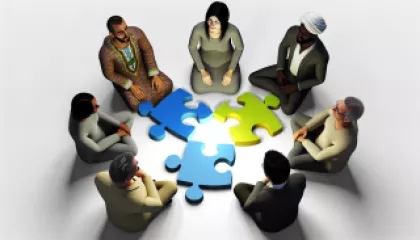Exploring the Power of Advertising: An Interview with a Marketing Expert
1 year ago
Impact of Advertising
A Beginner's Guide to Starting Drama Therapy
1 year ago
Drama Therapy
Overcoming Adversity: My Path to Building Resilience
1 year ago
Resilience
Mastering the Mind: The Ultimate Guide to Understanding Superstitions in Psychology
1 year ago
Psychology Behind Superstitions
How Can Schools Effectively Prevent Bullying?
1 year ago
Bullying Prevention
Step-by-Step Guide to Managing Toxic Relationships
1 year ago
Managing Toxic Relationships
Mindfulness vs. Meditation: A Step-by-Step Guide to Understanding the Differences
1 year ago
Mindfulness vs Meditation
Exploring the Science of Personal Growth: Key Research Findings
1 year ago
Personal Growth
Top 10 Strategies to Discover Your Life Purpose
1 year ago
Finding Life Purpose
The Psychological Impact of a Digital Nomad Lifestyle
1 year ago
Digital Nomad Psychology
Unraveling the Psychology of Belief: Why We Hold Our Convictions
1 year ago
Psychology of Belief
Breaking Barriers: An Interview with a Diversity Expert on Confronting Bias
1 year ago
Confronting Bias
Rethinking Academic Stress: A Personal Perspective
1 year ago
Academic Stress
10 Psychological Effects of Music on the Human Brain
1 year ago
Psychology Of Music
Mastering the Art of Overcoming Resistance: A Comprehensive Guide
1 year ago
Understanding Resistance















